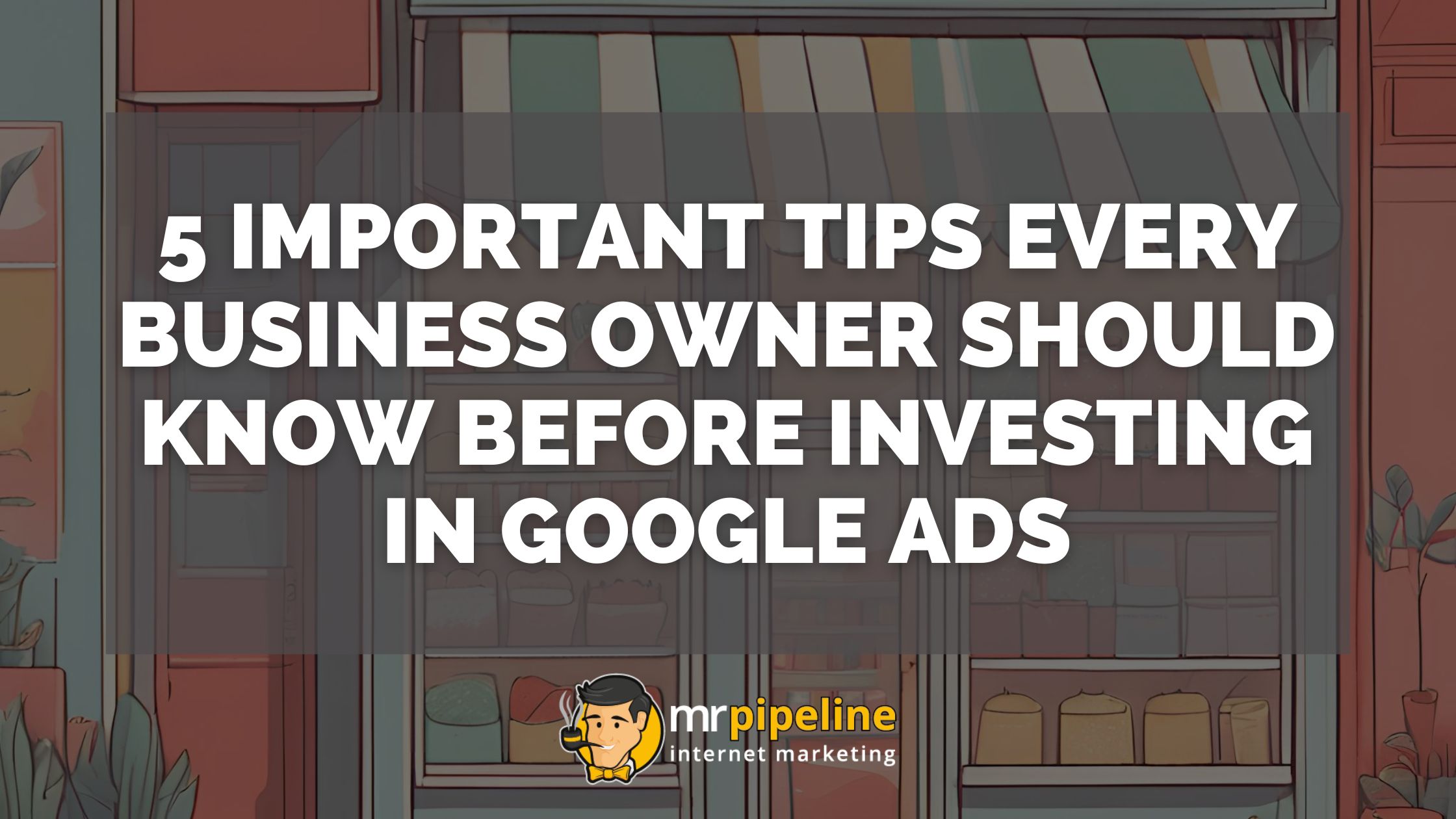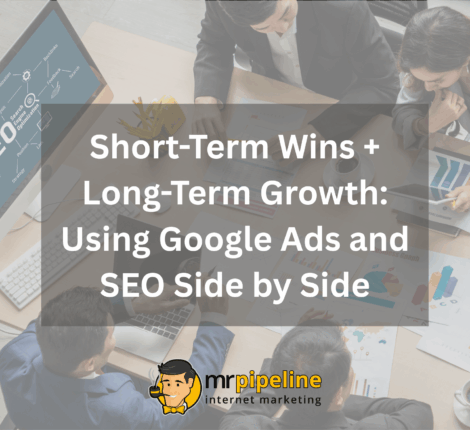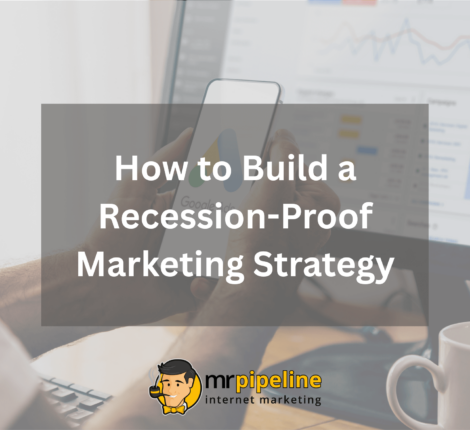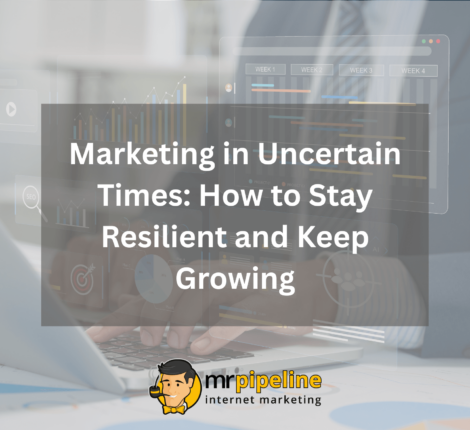- June 3, 2024
- Digital Marketing
- Comments : 0
5 Important Tips Every Business Owner Should Know Before Investing in Google Ads
Are you considering investing in Google Ads to elevate your business? Before you begin, it’s crucial to understand the strategies that will help you maximize your investment.
In this blog, we’ll provide five crucial tips that every business owner should know to make the most out of Google Ads.
Tip #1: Understand the Pay-Per-Click Model of Google Ads
Google Ads operates on a pay-per-click (PPC) model, which is designed to drive leads directly to your business. This means you only incur costs when someone clicks on your ad, allowing you to maintain control over your advertising expenses while targeting interested customers.
PPC lets you aim your advertisements at users actively searching for what you offer, making each click a potential lead. This model focuses on getting your ad in front of the right audience. By understanding the PPC structure, you can optimize your budget, concentrating your resources on converting leads rather than just generating impressions.

Tip #2: Establish Clear Advertising Objectives for Google Ads
Before you invest in Google ads, know what you want to achieve. Are you looking to increase website traffic, generate leads, boost sales, or enhance brand awareness? Each goal requires a different approach and strategy in your Google Ads setup.
You should understand your objectives in order to design your campaigns for maximum effectiveness. For example, if your aim is to increase sales, your ads should be optimized for conversion—think compelling calls-to-action and landing pages designed for sales conversion. On the other hand, if brand awareness is your goal, you might focus on reaching a broader audience with engaging content that highlights your brand’s unique value.
Tip #3: Optimize Your Website for Conversion Success
Before investing in Google Ads, you should know if your website is ready to convert visitors into customers. A well-designed website that’s focused on conversion will significantly enhance the effectiveness of your advertising efforts. This means having a user-friendly layout, fast loading times, clear calls-to-action, and readily accessible contact information.
Your website or landing page will be the destination for all your Google Ads traffic; therefore, it should be optimized to guide visitors toward taking your desired action, whether that’s giving you a call, signing up for your newsletters, or filling out a contact form. Every element of your site—from the color scheme to the navigation structure—should be crafted with conversions in mind.

Tip #4: Maintain a Flexible Approach to Your Advertising Budget
Maintaining a flexible approach to your advertising budget is crucial when running a Google Ads campaign. The digital marketing landscape is dynamic, and adjusting your spending based on performance and market conditions can significantly enhance your campaigns’ effectiveness.
A flexible budget lets you allocate more funds to campaigns that are performing well and scale back on those that are not delivering as expected. This agility in budget management optimizes your overall spend and ensures you are maximizing the ROI on your advertising efforts. You can quickly shift your focus and resources to the tactics that are most effective at any given time, if you regularly monitor campaign performance.
Tip #5: Ground Your Strategy in Research to Meet Your Goals
Successful advertising with Google Ads starts with comprehensive research. Understanding your market, competition, and target audience is essential to crafting a strategy that aligns with your business goals. This foundational step ensures that every aspect of your campaign is targeted and relevant.
Research helps you identify the most effective keywords, understand the preferences and behaviors of your audience, and pinpoint what differentiates you from competitors in your space. Strategic research is a continuous part of the advertising process as markets evolve, new competitors emerge, and consumer preferences shift.







